| General Radio Use Guidelines:
|
- Who: “This is “Pilot Name”
- What: Who, what, where, other (conditions . . . that would be useful to others in route or in fight)
- When: On transitions, getting low, back up, gaggle flying decision points, relaying/ rebroadcasting info from pilots that are low or that have landed out and may not have line of sight signal strength.
- Where/ Location: “Location & Altitude” Learn and use common way-point names, and roads. Note that multiple Sites can here the transmissions and is good to know what LZ or launch you are reporting conditions for.
- WX & Other : (conditions . . . that would be useful to others in route) (short Gaggle coordination)
- “This is Pilot Y Landed Safe in Palomar LZ, LZ is active and winds SW @ 5-12.
- “This is “Pilot X”, 9K at Granite, Going on glide to Vulcan, Winds SE @ 10” “Pilot Z What's your 20”
- “This is “Pilot Z”, Low, 1K over Earthquake Valley, may be landing, Winds East @ 10”
- “This is “Pilot Z”, Back in game, Thermaling 7K over Scissors Crossing, Winds SE @ 2 in convergence line”
- “This is “Pilot Y”, Setting up to land in Wash, Winds SE @ 10”
- “This is “Pilot Y”, Landed Safe in Wash, Winds SE @ 5”
- “This is “Pilot X”, 10K over Banner in convergence line, on glide to Vulcan; “Pilot Y Landed Safe in Wash, Wash winds SE @ 5 will need retrieve”


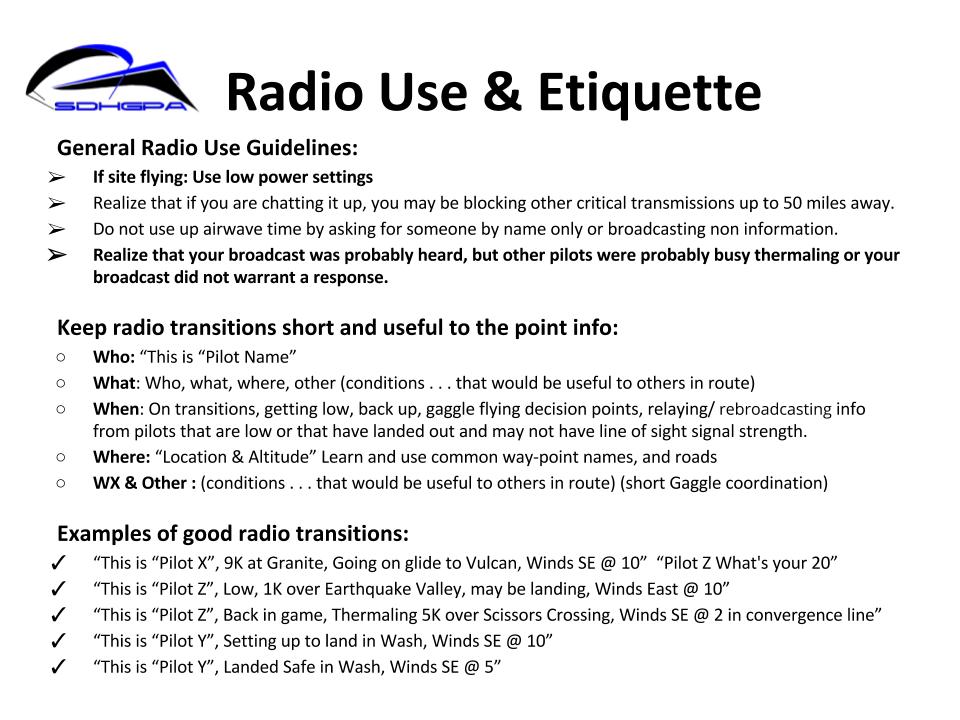
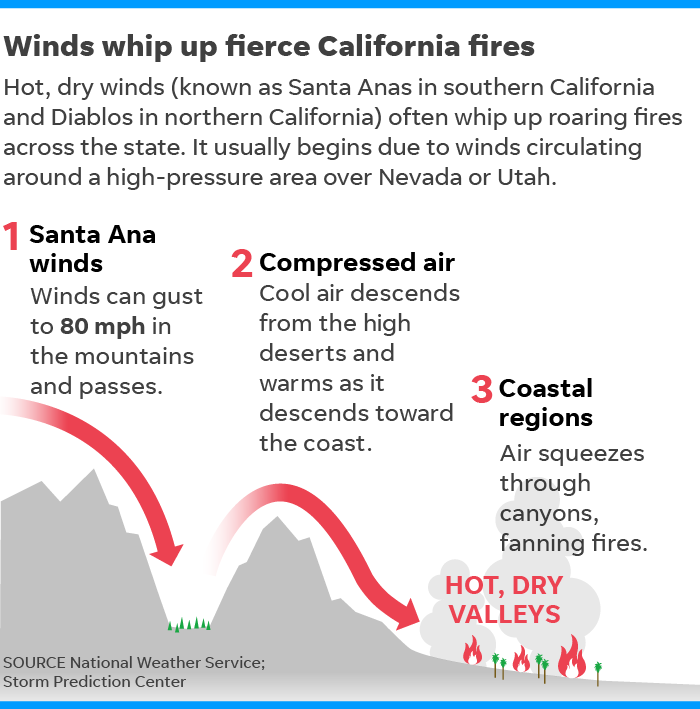
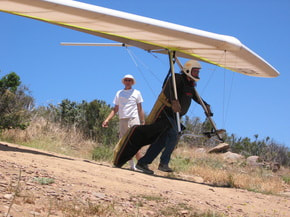
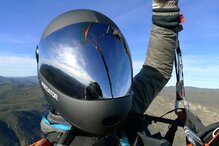




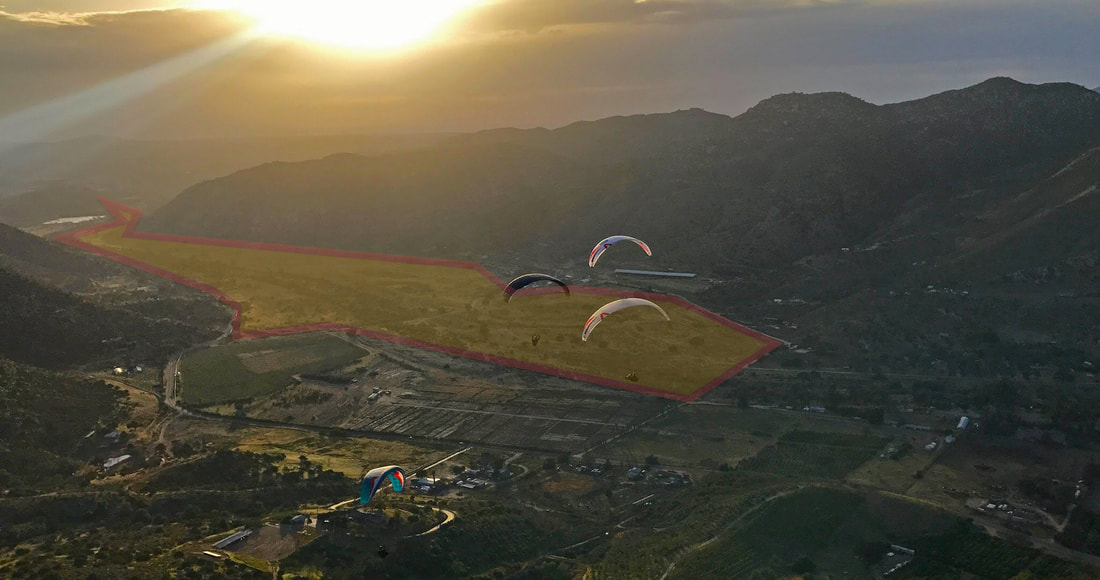
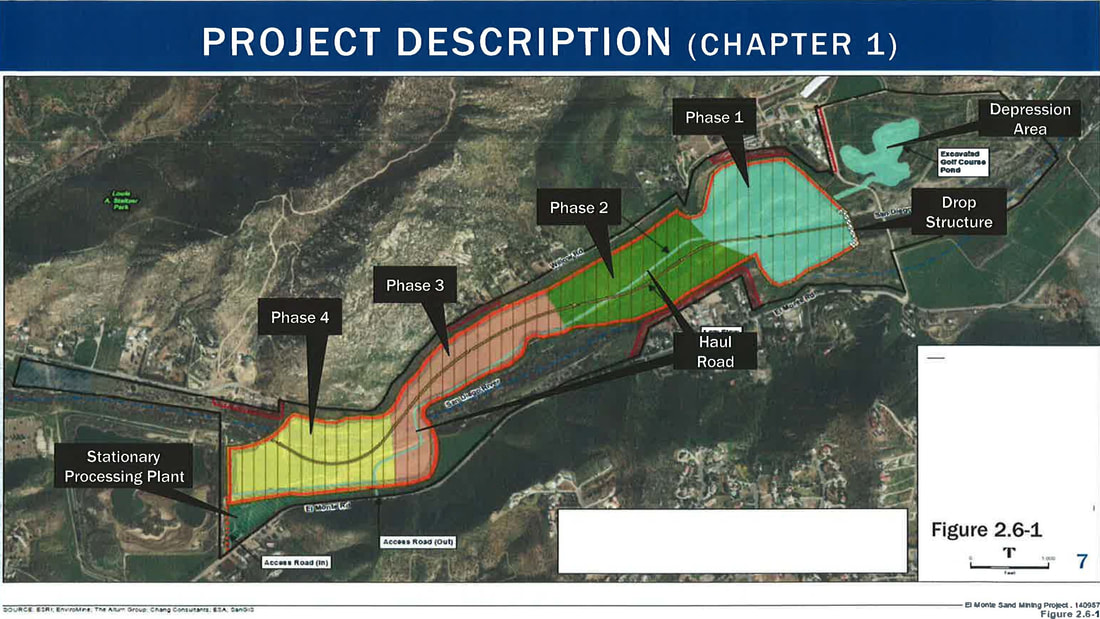

 RSS Feed
RSS Feed

